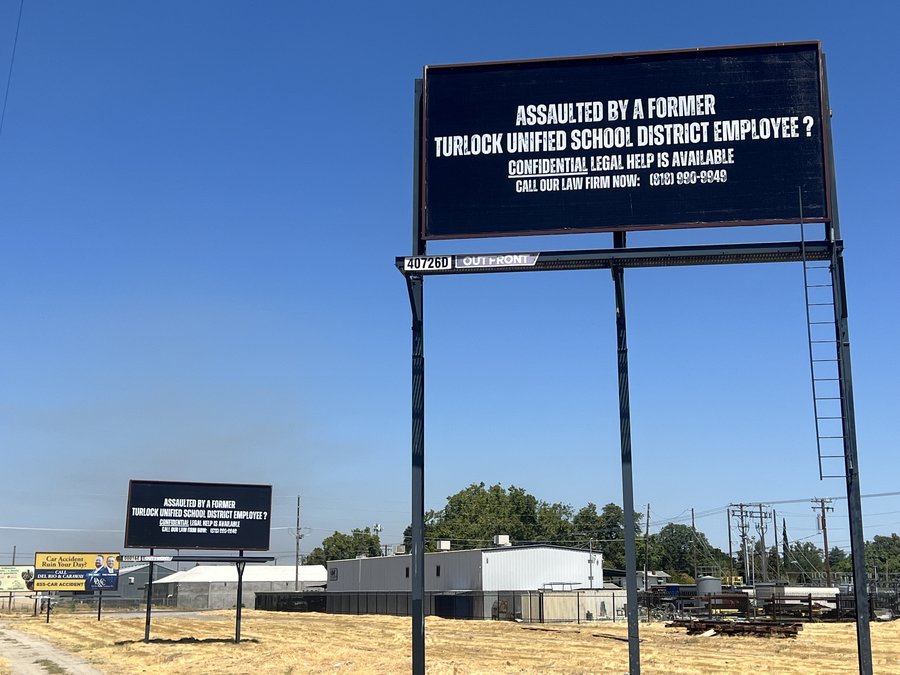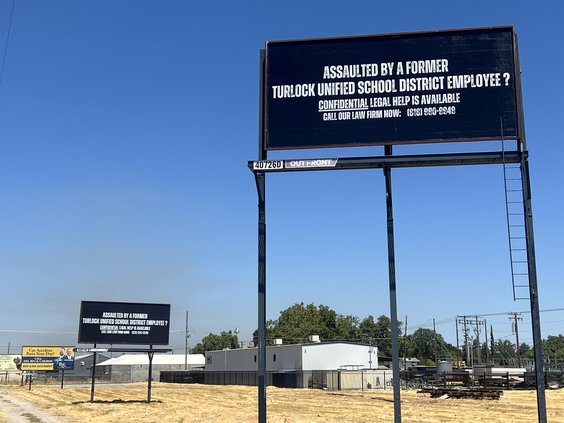In response to what the State Water Resources Control Board calls “the drought of the century,” California is continuing to exceed Gov. Jerry Brown’s April mandate of 25 percent with its water use reduction of 31.3 percent in July.
“Californian’s response to the severity of the drought this summer is now in high gear and shows that they get that we are in the drought of our lives,” said Felicia Marcus, Chair of the State Water Resources Control Board. “Millions of conscientious Californians are the real heroes here—each stepping up to help local water resources last longer in the face of an historic drought with no certain end date.”
In May, the SWRB adopted an emergency regulation requiring an immediate 25 percent reduction in overall potable urban water use. The regulation uses a sliding scale for setting conservation standards, so that communities that have already reduced their residential gallons per capita per day through past conservation will have lower mandates than those that have not made such gains since the last major drought. Each month, the SWRB compares every urban water supplier’s water use with their use for the same month in 2013 to determine if they are on track for meeting their conservation standard.
July marks the second consecutive month that California has surpassed Gov. Brown’s mandate of 25 percent water use reduction. Last month, Californians managed to reduce water use by 27.3 percent and save 182,151 acre-feet (59.4 billion gallons), as compared to the same time in 2013.
This month saw the continued success of California’s efforts as state residents managed to reduce water use by 31.3 percent, which the SWRCB regards as exceptional considering that July is historically one of the highest-water consuming months in California, and save 228,940 acre-feet (74.6 billion gallons). Cumulative savings for June and July is 414,800 acre-feet, which is 35 percent of Gov. Brown’s saving goal of 1.2 million acre-feet by February 2016.
Throughout the state, 290 water suppliers, serving 29.2 million people, either met or exceeded their conservation standard in July, which is an increase from 265 water suppliers in June. Of these water suppliers, 98 of them exceeded their conservation standard by 10 percent and 67 of them exceeded their conservation standard by 15 percent or more.
Although the state exceeded the 25 percent mandate, Turlock once again fell short of meeting its conservation standard of 32 percent with a water use reduction of 27.9 percent. However, this number comes as a remarkable increase from the City’s water use reduction of 19.2 percent in June.
Modesto also missed its conservation standard of 36 percent with an overall water use reduction of 33.2 percent in July, as well as Ceres, which fell short of its conservation standard of 28 percent by 5.3 percent.
Oakdale surpassed its conservation standard of 32 percent with an overall water use reduction use of 43.7 percent, marking the second consecutive month it has exceeded the mandate. Newman once again exceeded its conservation standard of 24 percent by 6 percent.
“Historically, water use rises dramatically in the hot summer months, primarily for landscape watering, which on average constitutes 50 percent of urban water use, in some cases far more. This is the time when we can most easily save the most water,” said Marcus. “Fortunately, most water districts and their customers are finally stepping up to show what they can do.”
SWRCB said that as local enforcement and education programs mature, the number of penalties is rising. In July, 38,665 water waste complaints were reported statewide by 374 suppliers, 37,170 formal warnings were issued for water waste statewide by 323 suppliers and 15,845 penalties were issued stated by 79 suppliers. The number of formal warnings and penalties is an increase from June numbers.
Urban water suppliers are required by the SWRCB to submit monthly water use reports, which are compared to water use in the same month in 2013 and used to determine if the state is on track of meeting its conservation standard. Urban water suppliers are expected to meet, or exceed, their individual conservation standard starting in June and continuing through February 2016.









